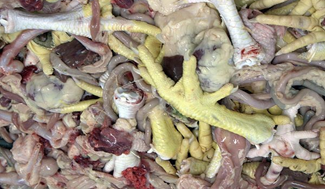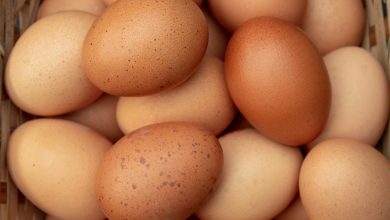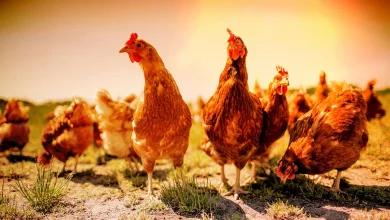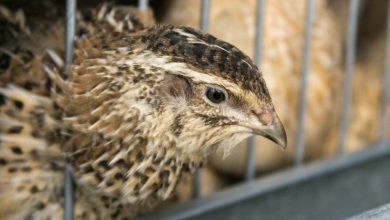Importance of Poultry Offals
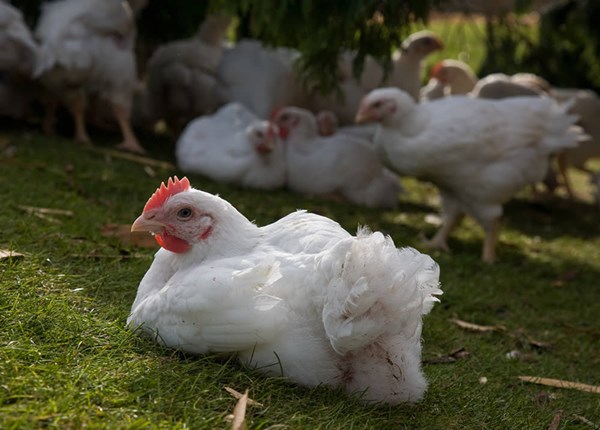
Importance of Poultry Offals
Dr. Nazir Ahmed – Subject matter Specialist- Krishi Vigyan Kendra Kupwara, SKUAST-K.
Dr. Mir Rovida – PhD Scholar Division of Livestock Products Technology.
Corresponding Author animaldr2@gmail.com
Every year, billions of poultry birds are reared, killed, and processed around the world, producing a significant number of byproducts that are not edible, including offal, blood, feathers, feet, and heads.
Solid wastes and byproducts from chicken processing facilities or slaughterhouses are known as poultry offals. These include underdeveloped eggs, gizzards and intestines, feathers, and the entire corpse of a chicken (death of laying hens). Parts of the chicken carcass include the necks, heads, feet, and blood. In the household setting, poultry offals are fed to chickens and other livestock.
| Product | Percent live weight |
| Blood | 4.68 |
| Feather | 6.12 |
| Head | 3.22 |
| Shanks | 4.82 |
| Bones | 18.65 |
| Giblets | 6.31 |
| Total Inedible | 41.70 |
Comparative Yields of various offals in Broiler:-
Offals produced:-
| Offal | World | India
|
| Broiler Slaughtered | 55.5 million | 1.7 billion
|
| Offals produced (Million tons @0.5 kg/Bird) | 27.75 | 0.85
|
Influence on the Environment
When mishandled chicken offals are discharged into the wild, they become vectors for the spread of bacteria, viruses, insects, and rodents. These might lead to air pollution (unpleasant gases and offensive odorants), water contamination (nutrients and harmful bacteria leaching).
Poultry waste disposal, particularly offal and feathers, has become a more pressing issue due to the growing scale of poultry processing facilities. Processing this waste into feedstock can help meet the world’s protein demands by increasing animal protein production and establishing a market. Environmental Impact
Poultry By-Product Meal
Processing poultry offals in to poultry by product meal(PBM) is a good way to mitigate the environmental problems caused by poultry offals.Poultry by-product meal (PBM) consists of ground, rendered, clean parts of the carcass of slaughtered poultry such as necks, feet, undeveloped eggs and intestines. The quality of Poultry by product meal, including critical amino acids, essential fatty acids, vitamins, and minerals along with its palatability, has led to its demand for use in pet foods and aquaculture. Poultry byproduct meal has one of the best overall amino acid profile of all the main by-products of the processing of land animals.
Poultry by-product meal can be used in poultry diets at up to 7 to 10 % level without impairing bird performance. Recommended inclusion levels of poultry by-product meal for fish are in the 5-25 % range with a mean use of 5-10 %.
NUTRITIVE VALUE OF POULTRY BY-PRODUCT MEAL
| Dry matter | % as fed | 93.3 |
| Crude protein | % DM | 59.8 |
| Ether extract | %DM | 28.2 |
| Ether extract (HCL) | %DM | 24.4 |
| Ash | %DM | 10.5 |
| Gross energy | MJ/ kg DM | 24.4 |
| Minerals | Unit | Avg. |
| Calcium | g/kgDM | 19.6 |
| Phosphorus | g/kgDM | 9.9 |
| Potassium | g/kgDM | 4.1 |
| Sodium | g/kgDM | 2.7 |
| Magnesium | g/kgDM | 0.7 |
| Manganese | mg/ kgDM | 18 |
| Zinc | mg/ kgDM | 67 |
| Copper | mg/ kgDM | 41 |
| Iron | mg/ kgDM | 5107 |
Blood meal:-
Blood can be collected during the slaughter of poultry. It is usually dried and made into blood meal so that it can be handled and incorporated into rations more easily. Blood meal contains mostly protein (about 90-95 % DM) and small amounts of fat (less than 1% DM) and ash (less than 5% DM), though non-industrial blood meals may include other materials and thus be richer in ash. Its lysine content is relatively high (7-10 % DM) which makes it an excellent supplementary protein to use with plant-derived feed ingredients that are low in lysine. However, its isoleucine content is very low (about 1 % DM), so diets for monogastric animals must be formulated to contain enough isoleucine for the level of performance desired. Blood meal is valuable for ruminants due to its high protein content and rumen resistant amino acids. Rumen undegradable protein is up to 78 % in blood meal and increases with the heating temperature used in its processing. Blood meal contains more essential amino acids than soybean meal.
In steers and in calves, 3 % dietary inclusion of blood meal increased daily weight gain, dry matter intake and energy intake. In dairy cows, it improved milk production and milk protein yield. In sheep, blood meal can be used as a by-pass protein, which allows a reduction in the overall dietary protein content of the diet (from 16-18 % to 13 %).it is a good source of protein in pigs. For broilers, blood meal is a good protein source. It can replace 50 to 100 % of fish meal. Blood meal has a high tryptophan digestibility coefficient which is valuable as tryptophan is the third limiting amino acid in broilers. In laying hens, blood meal is as palatable as other rendered animal products. Sun-dried blood meal given at 4.5 % of the diet has a positive effect on layer performance (feed intake, live-weight gain, egg weight and yolk color). Blood meal improves Fe content in yolks.
Feather meal:
Feathers are also converted to feather meal with usage as animal feed, organic fertilizers and feed supplements, as it is made up of >90% protein and are rich in hydrophobic amino acids like cystine, arginine and threonine. One of the most common methods of feather meal production is hydro thermal process where feathers are digested under high pressure at high temperature.
Chicken feet
Are a part of the chicken that is eaten in China, Indonesia, Korea, Malaysia, Trinidad and Tobago, Jamaica, South Africa, Peru, Mexico, Philippines, Middle East and Vietnam. Most of the edible tissue on the feet consists of skin and tendons, with no muscle. This gives the feet a distinct texture different from the rest of the chicken’s meat. Its small bones make it difficult to eat for some; these are often picked before serving. Being mostly skin, chicken feet are very gelatinous.
CONCLUSION
Offal’s constitute 30% of the live wt. of poultry meat production. Intensive poultry production coupled with large scale processing is likely to concentrate the offal handling to a relatively smaller areas. Offals if not handled properly are likely to cause serious environmental Hazard. Opportunities do exist in terms of the poultry offal’s and put this waste to newer areas. Innovative use of poultry offal’s shall on one hand address the likely environmental concerns associated with poultry processing and on the other hand generates extra income and therefore increase the returns from the poultry production and processing industry. Research focused on evolving newer , safer and low cost methods of handling the poultry offal’s is the need of hour.
